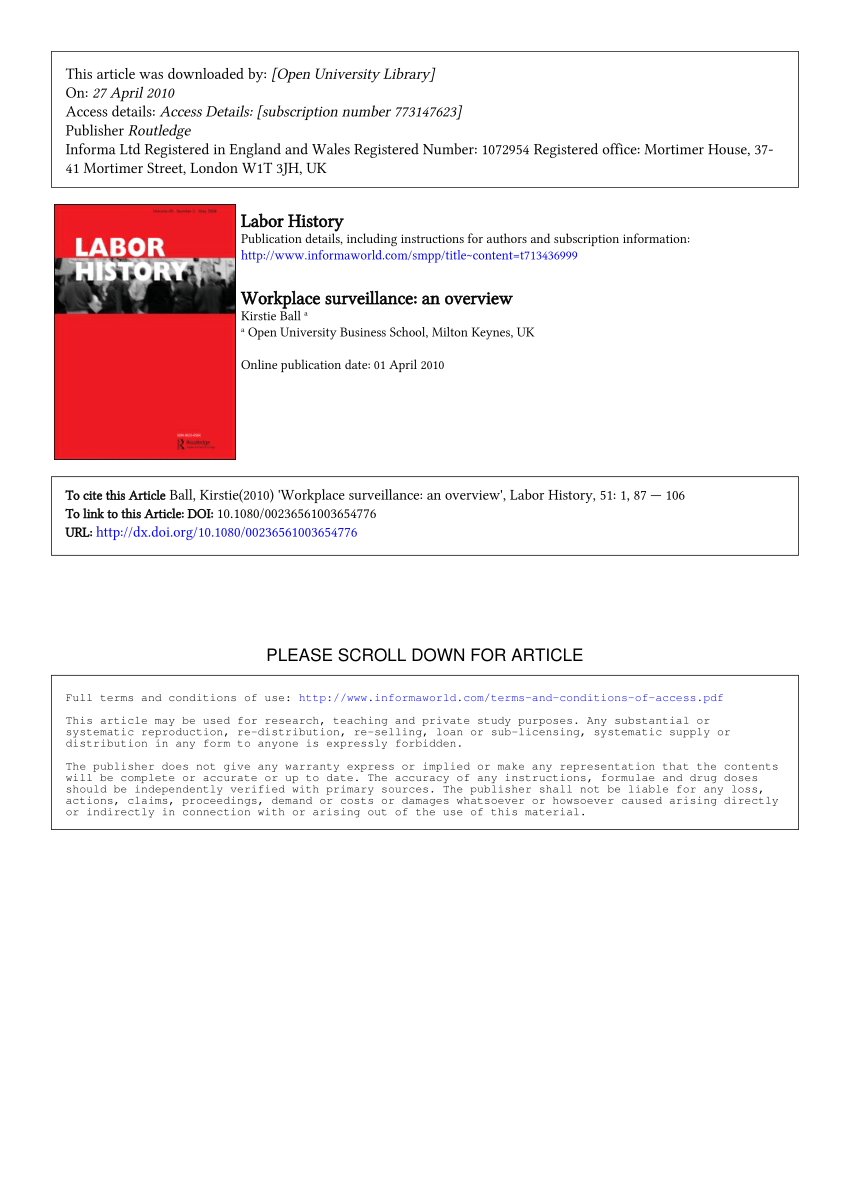

Registry subkey is the application GUID, added at the following locations:

To add a custom command for an application, add a registry subkey and the registry entries described in this topic.
Start a two-party or multiparty conversation, and then choose the custom command. Select one or more users, and then choose the custom command. The custom command can be invoked in the following ways: Involve additional users, such as an online collaboration program, and must be started on each user’s computer. Apply only to the current user and are started on the local computer. You can define custom commands for two types of applications: When you open Lync now, and right-click on a contact, menu items appears as follow: The shortcut menu for people listed in the Conversation window participant list. The More options menu, in the Conversation window. The shortcut menu for contacts in the Contacts list. The Tools menu, on the menu bar in the Lync main window. The custom commands that you add can appear on one or more of the following menus: You can add the custom commands to Lync client menus and pass the SIP Uniform Resource Identifier (URI) of the current user and selected contacts to the application that the custom command starts. these custom commands are menu items added by the developer to the Lync client UI. DOWNLOAD MICROSOFT OFFICE 2013 15 0 4454 10021 WINDOWS
Use custom commands embedded in the Lync client UI to launch applications on the Microsoft Windows desktop. As Lync becomes more and more integrated into people’s workflows, it can automate much of this sending and retrieval of appropriate context, saving time and increasing productivity. If you want to add your custom Lync application shortcut to the Lync Client you have to use the custom commands. The term “contextual conversations” comes up a lot in working with Lync. We will discuss one of the ways in which the Lync client can be customized by offering contextual options that are specific to your own business needs which is creating custom menu items.






 0 kommentar(er)
0 kommentar(er)
